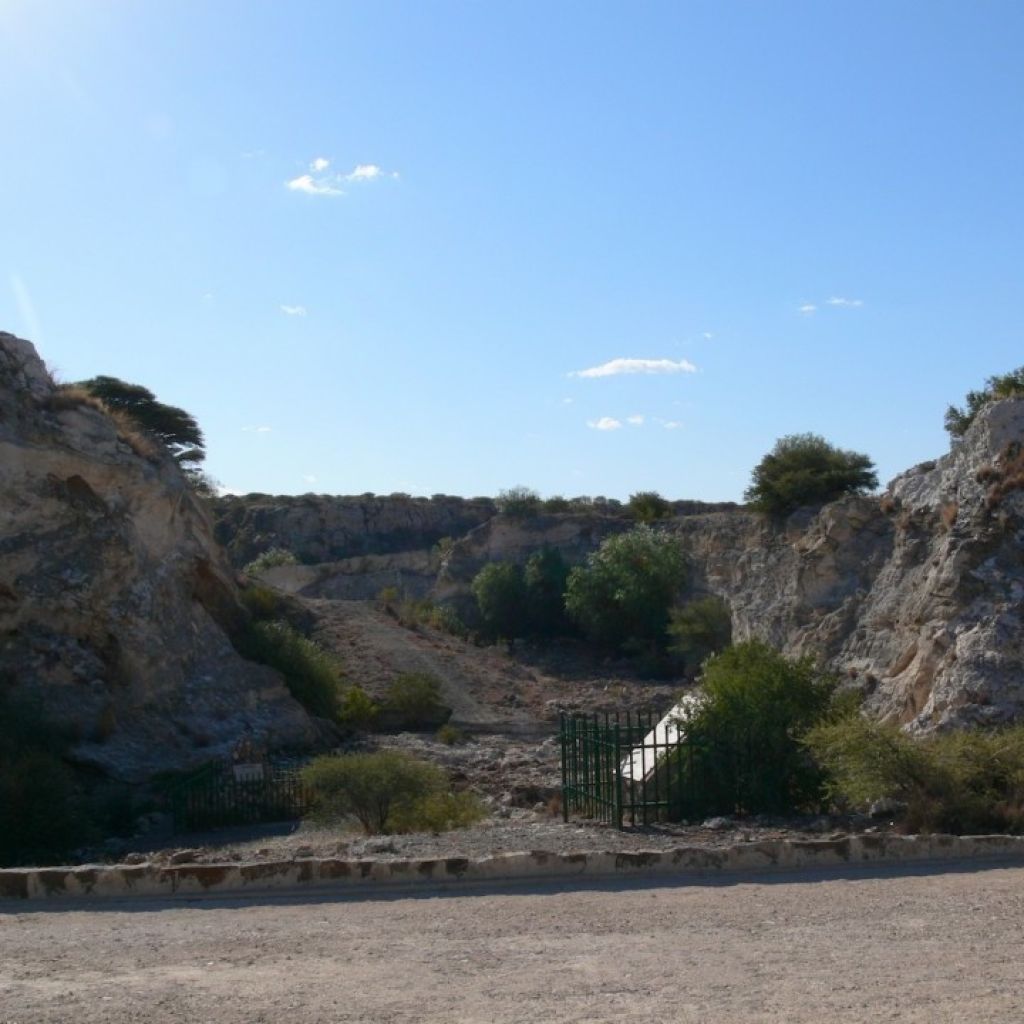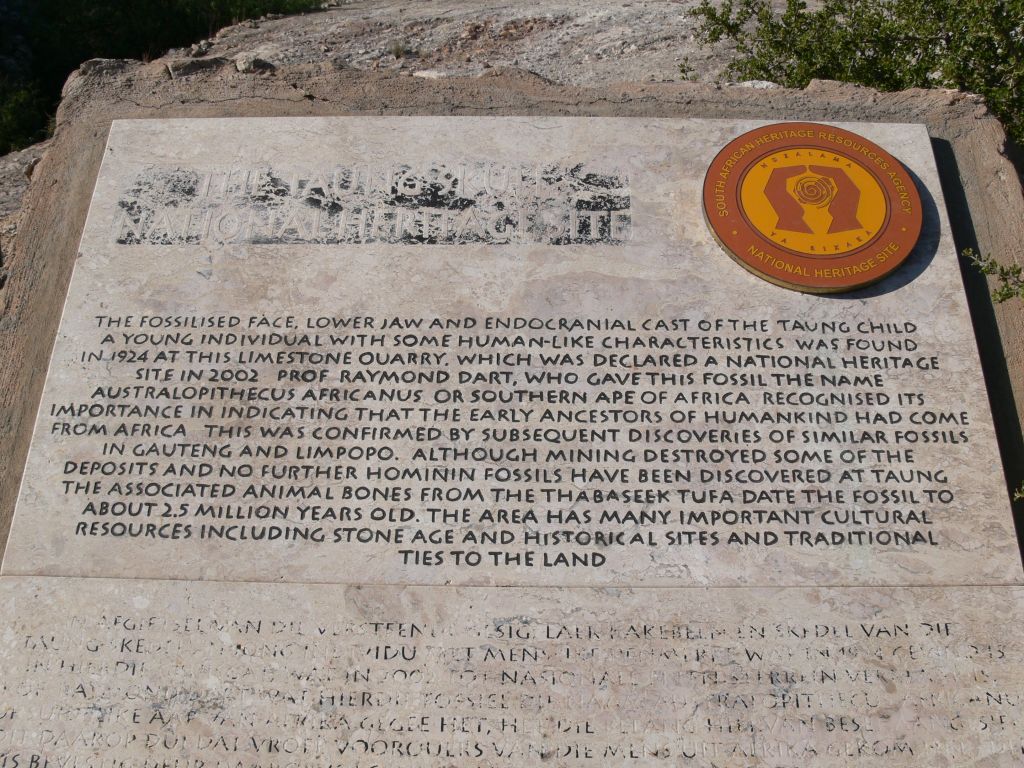Fossil sites in the Cradle of Humankind – Taung
Around 40% of the world's known hominid fossils were unearthed in the Cradle of Humankind World Heritage Site, earning it UNESCO World Heritage Site status in 1999.
It is thanks to these fossil sites, in which the dolomitic conditions were just right for fossil preservation, that we have an understanding of humankind’s journey to humanity and the evolutionary trajectory that led us to where we are today.
In this series of blogs we profile a selection of sites within the Cradle and highlight the prominent discoveries made at each of these areas of discovery.
Taung

Home to the Taung Child fossil, this site was included in the Cradle of Humankind World Heritage Site listing despite being 300km from the Sterkfontein Caves (it is located in North West province).
Known as a serial listing, Taung is both a National Heritage site and a World Heritage site.
The site gained global recognition after the skull of a juvenile hominid was discovered there – completely by chance – in December 1924.
Earlier that month, a quarry worker in the lime mine at Taung delivered a box of rocks to Professor Raymond Dart at Johannesburg’s University of the Witwatersrand. In it, Dart found a
preserved skull, mandible and endocast of a young hominid, which he nicknamed Taung Child.
The world-famous fossil has been dated to 2-million-years old and is described as the type specimen of Australopithecus africanus.

Do you have photos of the Cradle you’d like to share? Join our Flickr group!